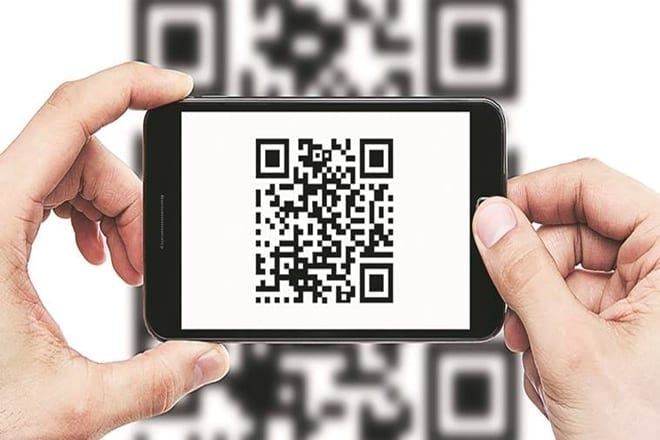By Nik Sathe, CTO, Blackhawk Network
QR codes, or “quick response” codes, were futuristic when they were first introduced, then languished for years, and now are suddenly everywhere, making them ubiquitous. With consumers embracing more digital payment modes, the capabilities of contactless payments are becoming well-known across the globe. While QR code technology was way ahead of its time during its inception, the pandemic travails have made them immensely popular and the ease of scanning QR codes has further enabled a connection between the physical and the digital world. They offer enhanced flexibility to both retailers and customers in comparison to traditional payment methods.
The Covid-19 pandemic has given an impetus to the adoption of QR codes in India as people adopt more ways for making transactions from their mobile devices. People want more than just adding a traditional payment credential to a digital wallet. Indian consumers are demanding wider access to digital products like eGift cards, rewards points, coupons, and offers, and QR codes can make these products easily accessible to consumers in-store, online, or anywhere in between. As per the findings from a recent Global Digital Payments study , the likelihood of scanning a QR in India is higher than in any other country. QR codes have emerged as one of the most iconic COVID-19 underdog success stories owing to ease of usage, safety, and security.
Here are some trends that indicate why it is the right time for retailers to integrate QR code technology in their payments suite:
• QR codes are a perfect match for eCommerce–The pandemic has boosted dynamism in the eCommerce landscape and has increased its scope, including through new businesses, consumer segments and products. With the growing popularity of QR code-based payments, there is an opportunity for retailers to engage with their customers digitally, quickly and inexpensively. From promoting cashback and discount offers, driving website traffic to sending QR code gift receipts, retailers can adopt QR code technologies to ensure that their platform stays on top of the game when it comes to customer engagement and retention.
• QR codes can help enable a seamless customer experience– Providing fast, seamless, and secure digital payments attract more customers in the retail industry. Interestingly, retailers were quick to embrace QR code-based technologies, as they are both cost-effective and easy to implement, offering superior customer experience. It became the preferred payment choice for consumers and retailers alike, owing to simplicity, security, and convenience. As the use cases of QR codes expand, there is an underlying opportunity for retailers to raise the ‘convenience’ bar for their customers beyond just payments and elevate their entire shopping journey.
• QR codes can help determine customer behaviour–With increased traction for QR codes in both offline and online retail, merchants could unlock new opportunities to measure the effectiveness of their marketing campaigns. QR code technology could help them track valuable customer data, such as the number of scans, demographics, interest, and the device type. This data can empower merchants to bolster their overall business strategy while tapping newer consumer segments.
As businesses continue to take time to return to in-person operations in India, consumers and merchants will continue to rely on payment technology for added convenience and reliability. QR codes bring along the speed and convenience that modern consumers seek from retailers. Moreover, the element of surprise that QR codes offer captures customers’ attention who find it fulfilling to scan and discover their contents. Retailers and merchants shouldn’t think twice about embracing this technology for a practical yet straightforward customer retention strategy.




